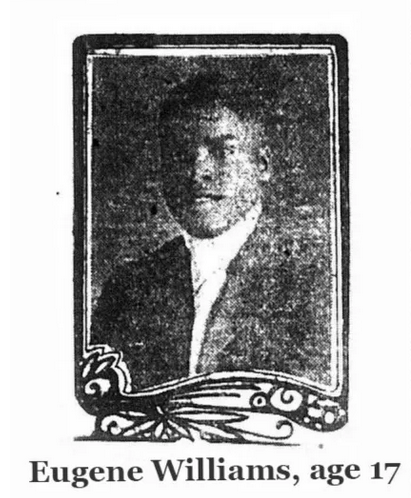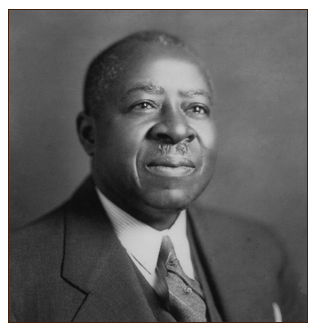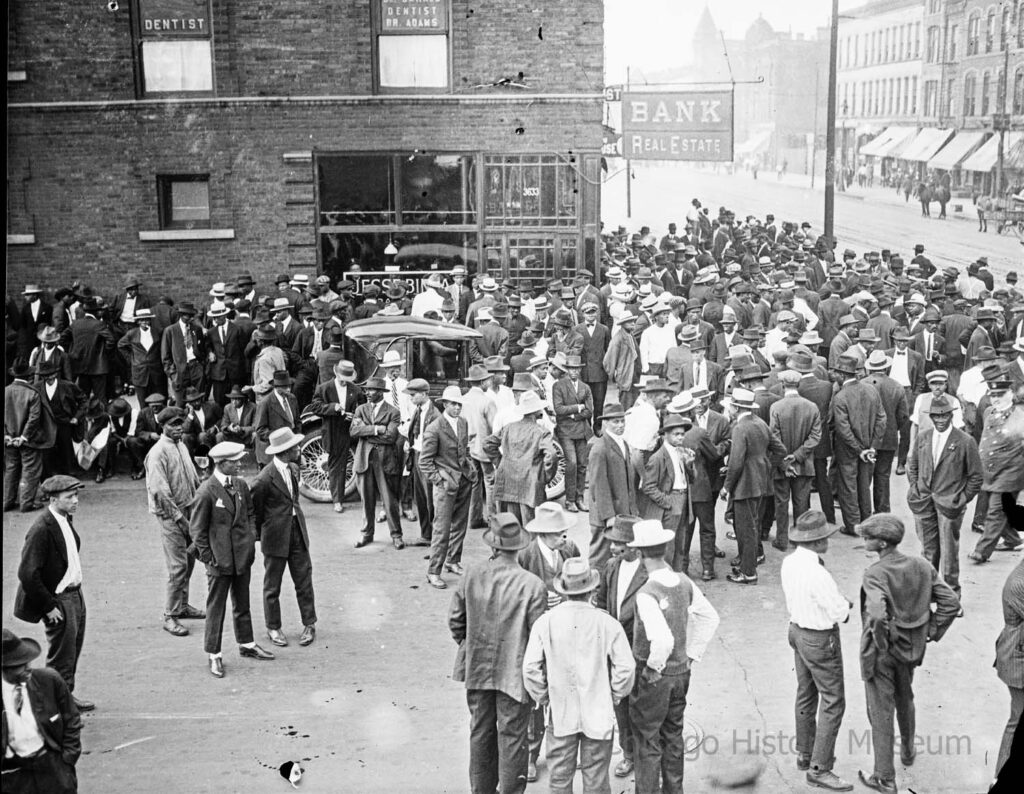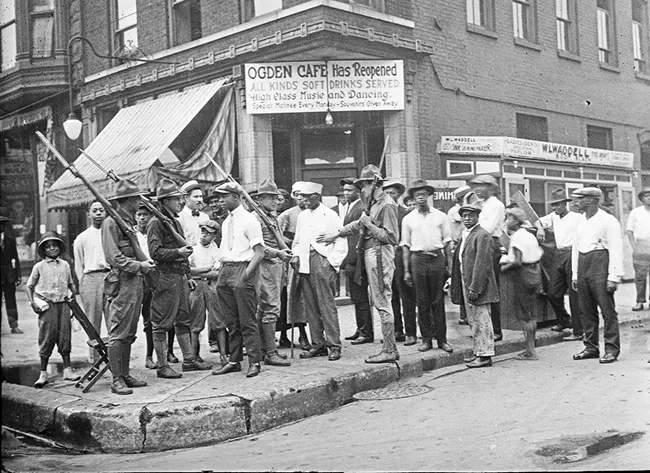All too often history repeats itself — with tragic results. During the last 100-years, the killing of one person becomes symbolic and spawns a larger tragedy. Irregularly bubbling to the surface these crises rise from elemental rents and systemic failures in the fabric of society. We call to mind the deaths of George Floyd in Minneapolis on May 25th, 2020 and beating of Rodney King in Los Angeles on March 3rd, 1991 and so on cascading back to the stoning and subsequent drowning of Eugene Williams on July 27th, 1919 off Chicago’s 29th Street Beach.
The violence inflicted on these three men (and countless others) focused outrage to rally outcries, spark civil unrest and riots lasting multiple days. The conditions fanning the flames did not occur in a vacuum nor isolation, but built over time, due to compounding slights, inequality, and oppression. Although intermittent riots sprang up in different eras and regions of the country, the basic facts were the same; Black men were killed or beaten by white policemen or in Eugene Williams’ case, stones thrown and the palpable anger of whites against Blacks caused the drowning of the 17 year-old.
In the aftermath of these deaths and days of violence people asked, “Why did this happen?”
In Windy City Historians podcast Episode 29 – “The Chicago Race Riots of 1919” we explore the conditions of that hot, “Red Summer”, where Chicago, (and other cities) wrestled with the chaos of civil unrest. Through interviews with Claire Hartfield, the author of “A Few Red Drops: The Chicago Race Riot of 1919”, as well as commentary from Professor Charles Branham, Ph.D. we walk through the riot’s lasting legacy on Chicago, it’s Black community, and the many questions raised by an oppressive summer a century ago. Questions that are still being raised today, more than a century later.







Links to Research and Historic Sources:
- “Chicago Race Riots of 1919” by Julius L. Jones, Chicago History Museum Blog
- “Chicago Race Riots“, Chicago Encyclopedia
- “City on Fire: Chicago Race Riot 1919“, by Natalie Moore, WBEZChicago, Nov. 23, 2019
- “Carl Sandburg and the Chicago Race Riots of 1919“, Carl Sandburg Home, National Park Service, website
- Carl Sandburg poem “I am the People, the Mob” by Poetry in Voice 2016 winner Marie Foolchand at the Griffin Poetry Prize awards – audio used in this episode (at 39:20)
- In Memoriam, August Meier, by David Levering Lewis, Perspectives on History, Sept. 1, 2003
- The book, “A Few Red Drops: The Chicago Race Riot of 1919” by Claire Hartfield
- The book, ”City of Scoundrels: The 12 Days of Disaster that Gave Birth to Modern Chicago” by Gary Krist.
- “Black Soldiers in American Wars: Chicago’s ‘Fighting 8th’ and the 370th Regiment” from Black History Heros Blog
- “Flashback: Chicago’s first black alderman sat as the lone African-American voice on the city’s council – and then, Congress“, by Christen A. Johnson, Chicago Tribune, Feb. 14, 2023
- The book, Big Bill of Chicago by Lloyd Wendt and Herman Kogan, Forward by Rick Kogan
- The Negro in Chicago; A Study of Race Relations and a Race Riot, by the Chicago Commission on Race Relations
- The Chicago Race Riot of 1919 Commemoration Project (CCR19) by Peter Cole, Franklin N. Cosey-Gay, Myles X Francis
- Robert S. Abbott, Chicago Literary Hall of Fame website
- “1919 Race Riots Memorial Project will honor victims where the died — in streets all over city“, by Michael Loria, Chicago Sun Times, Feb. 20, 2023
- “1914–Chicago Surface Lines“, Chicagology
- “Mapping Chicago’s 1919 race riots“, by Jack Wang, UChicago News, July 22, 2019
